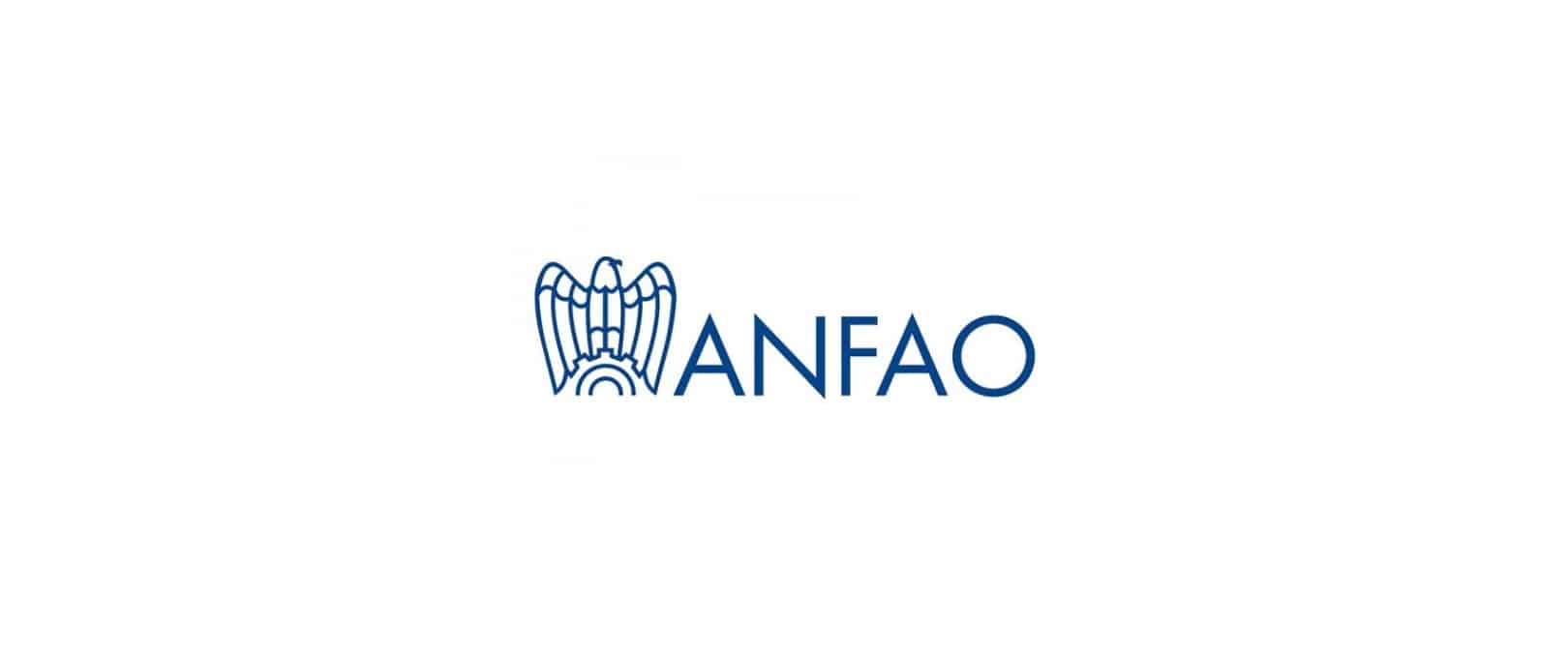Optik is pleased to introduce a new section of the magazine featuring the latest ophthalmic products available from leading manufacturers and Canadian distributors. The new section will feature product information on a range of ophthalmic products including diagnostic instruments, in-office lab equipment, and specialty ophthalmic therapeutic products to meet a variety of needs for the busy practice looking to differentiate from the competition. In addition to the print section in Optik, new products in the Ophthalmic Showcase will be featured on InfoClip.ca online to provide an ongoing resource of new product information for viewers.
Transitions Optical Announces Grand Prize Winner of Its 2014 “Eyeglasses for Life” Promotion
PINELLAS PARK, Fla.– Transitions Optical, Inc. has named Tony Brazill of Upper Island Cove, Newfoundland, the grand prize winner of its fifth annual “Eyeglasses for Life” promotion. During the year-long promotion, patients who registered their Transitions® lenses using the Transitions Certificate of Authenticity (COA) in 2014 earned the chance to win one of 60 instant prizes of $500 CAD VISA® gift cards, plus the chance to win Transitions lenses with anti-reflective (AR) coating for life. Brazill purchased his Transitions lenses from Wayne Finn Optical, located in Carbonear, Newfoundland. The practice hosted a celebratory event to honour Brazill and deliver his prize this month.
“Learning that I had won the grand prize was such a pleasant surprise,” said Brazill. “I’m amazed by the technology in my Transitions lenses – not only does it provide convenience, but it also provides an exceptional level of comfort. I’m really excited to experience the other Transitions lens products available in the upcoming years.”
Wayne Finn Optical has been promoting the Transitions COA program for eight years.
“We pride our practice on the quality of products we recommend, and promoting the Transitions COA program is a great way to reinforce that,” said Wayne Finn, Wayne Finn Optical. “Not only does the COA confirm that our patients are receiving authentic Transitions lenses, it also provides an opportunity for our team to highlight the product benefits again at the time of pick-up.”
2015 “Eyeglasses for Life” Promotion
Throughout 2015, every time patients register their Transitions lenses, they will be included in the grand prize drawing for eyeglasses with Transitions lenses and AR coating for life, and will also earn the chance to win one of 24 Instant Win Prizes of $25 CAD Visa® gift cards. For more information, visit RegisterMyLenses.ca.
From Left to Right: Wayne Finn, Wayne Finn Optical; Tony Brazill, grand-prize winner
Registration Opens for Vision Expo West 2015
The International Vision Expo & Conference has opened attendee registration for Vision Expo West at the Sands Expo and Convention Center in Las Vegas, Nev. (Education: Sept. 16 –19, 2015 Exhibition: Sept. 17 – 19, 2015.) Registration for education courses will open in June.
Vision Expo West hosts eye care professionals from around the world for four days of learning, networking and exclusive buying activities. Attendees can also look forward to co-located meetings including the Future in Focus: Showcasing Game Changing Eye Care Technologies, a VM Live Presentation, and specialty programming for lab owners and managers at The Optical Lab Division Meeting. International Vision Expo will also host its first job fair in conjunction with Local Eye Site.
Attendees who register by August 20 will benefit from early bird pricing: a $25 discount on registration fees. To learn more or to register, visit http://click.email-reedexpo.com/?ju=fe2111727162037e7d1077&ls=fdc115747c6205757015727266&m=fe65157075670d7b7513&l=fe5a157872660179741d&s=fe201d7972620074751572&jb=ffcf14&t=.
Garneau College Launches New Acuvue Contact Lens Space
The new contact lens clinical and dispensing training space opened this past May 14 in the presence of all the partners involved in this major project.
Open to the public, Lunetterie Garneau treats some 1,000 clients per year who reside on the outskirts of Quebec City. Lunetterie Garneau’s growing clientele come to the clinic for its distinctive services, reasonable prices, and wide selection of products, while the optical science students who train there benefit from invaluable, practical experience.
Before this dedicated space opened, the contact lens area wasn’t very functional. It took the determination of optical science teacher Karine Lacourse, the project co-manager, and the commitment of Garneau College and its partners to turn this dream into a reality. ”Many students have told us how much more professional they feel in this new setting. The space is very well equipped and laid out now, making it much easier for us teachers to share our passion for contact lenses. The space was designed to work as a classroom and a clinic, and has been completely renovated and revamped. It’s now fully functional and modern thanks to cutting edge new equipment,” said Lacourse.
The new space was christened Acuvue, a trademark of Johnson & Johnson, after its main donor. CooperVision, AXIS Medical Group, and Blanchard Contact Lenses were also instrumental in supporting this very important training ground for optical students.
California relists BpA as hazardous, optical industry responds
California has relisted Bisphenol A (BpA), a chemical important to the optical industry as a starting material for the production of polycarbonate lenses, on the list of hazardous substances known to cause cancer or birth defects and regulated under Proposition 65, the Safe Drinking Water and Toxic Enforcement Act.
Products sold in California with levels of hazardous substances greater than the legal limit must come with clear warning labels or face stiff penalties.
The Vision Council, a body that represents manufacturers and suppliers of the optical industry, is reviewing the new ruling to determine if California is providing a “safe harbour” level for BpA. When BpA was previously listed under Prop 65 the safe harbour was above the levels of BpA encountered by consumers in optical products. Products with levels of hazardous substances below the safe harbour are not required to issue warning labels.
Further Information: http://www.thevisioncouncil.org/blog/bpa-added-california-proposition-65-list










